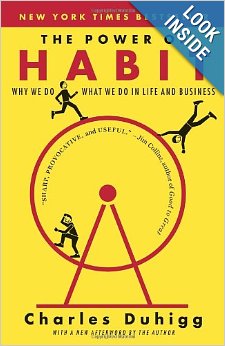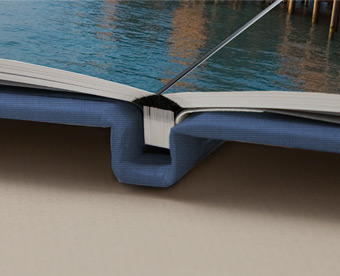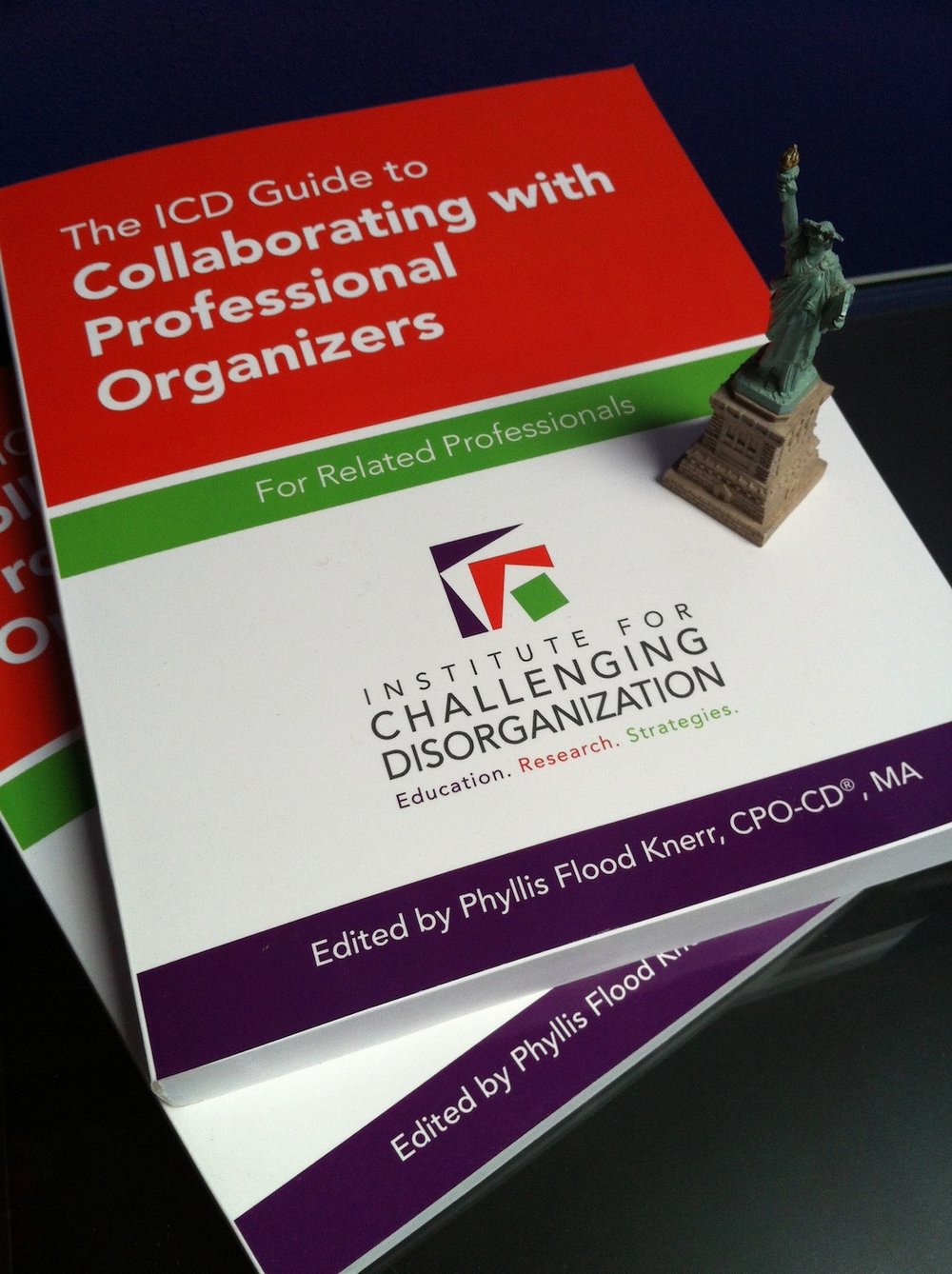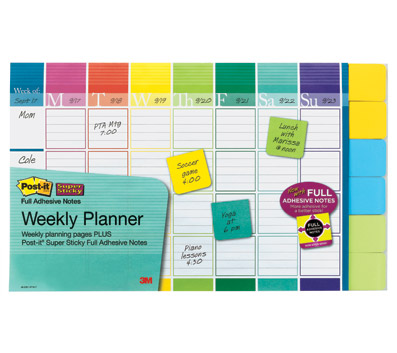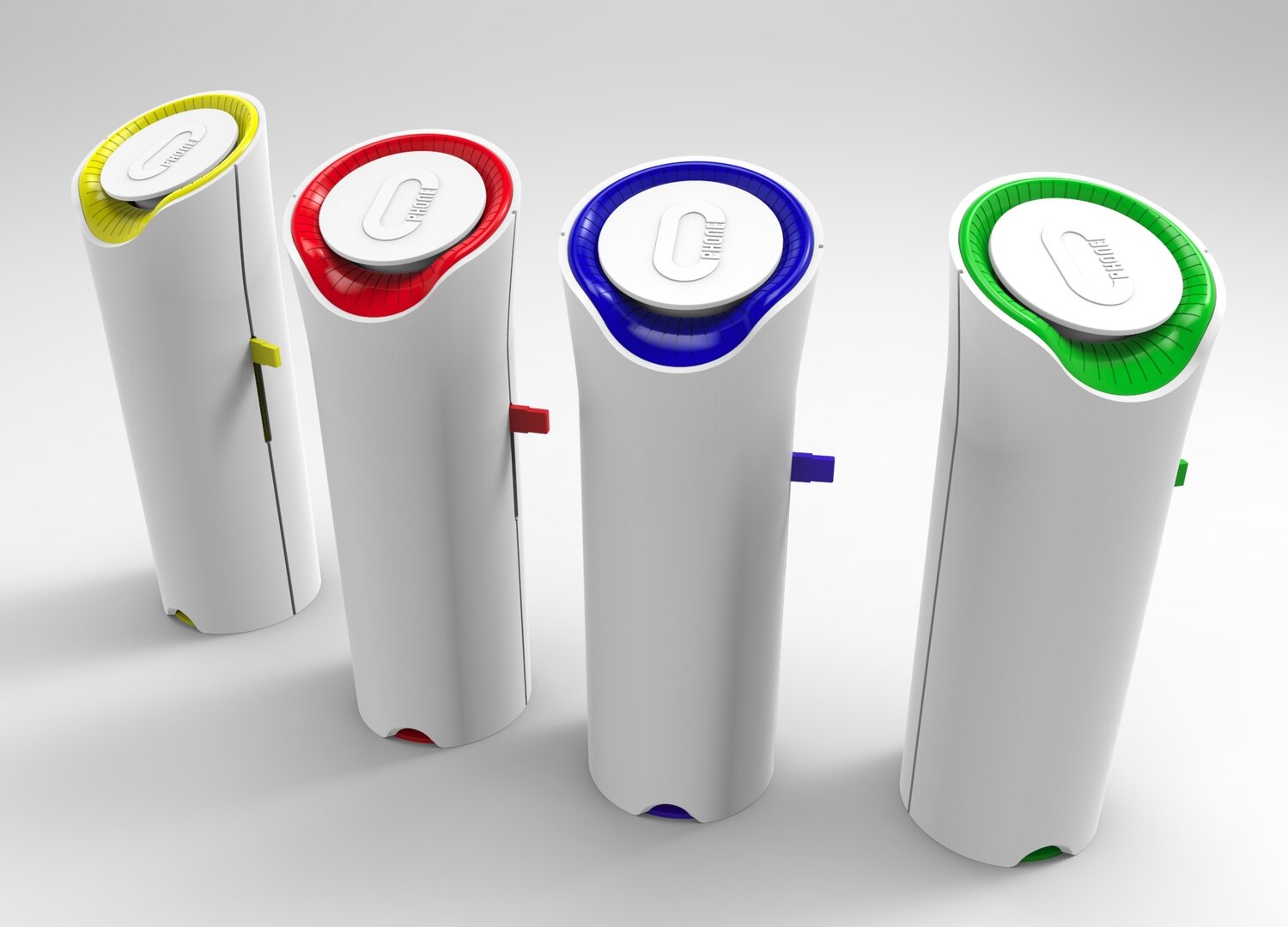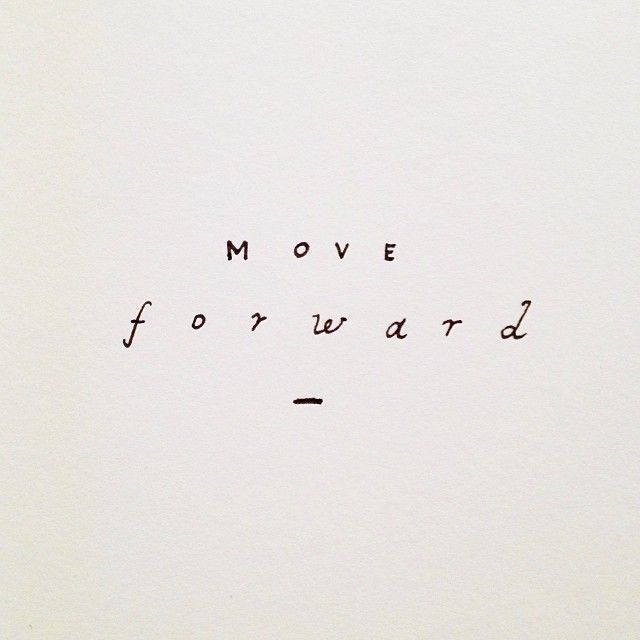Professional development and education are some of my top priorities. I continually invest in learning to understand, nourish my curiosity, grow, and better help people. This past week, I attended the Institute for Challenging Disorganization’s (ICD) conference, celebrating its 20th anniversary. I’m an ICD past president (2014-2016) and have been a member of this stellar educational association for 19 years.
Due to the pandemic, the conference was virtual. Using the Remo platform, people attended from eleven countries around the world. We had four days of workshops presented by leading experts with networking time with colleagues new and old. Possibilities, hope, compassion, and a zest for learning and sharing permeated the sessions and conversations.
In my effort to assimilate a small portion of what I discovered, I distilled ideas from 11 sessions and 20 plus pages of my notes to share with you. I couldn't include everything, so I focused on sharing incredibly inspiring concepts full of possibilities.
Favorite New IDEAS to Empower Possibilities
1. Power of Reframing
Our first speaker was Dr. Edward (Ned) Hallowell, an expert on ADHD, founder of Hallowell ADHD Centers, podcast host, and author of 20 books, including his newest ADHD 2.0. His presentation was so uplifting and poignant. I became emotional several times. He focused on the gifts accompanying ADHD, such as being creative, intuitive, curious, entrepreneurial, intelligent, and original. Dr. Hallowell has ADHD and has devoted his life to helping people with ADHD “develop a vision of greatness.” He believes that everyone is capable of more than they think they are, can combat negative self-talk, and develop good self-care hygiene.
He reminded us “what matters is the striving, not the doing or accomplishing.” The “victory is loving the game.” He spoke about the importance of connection and having supportive people to protect and believe in you.
Hallowell shared the three defining hallmarks of ADHD, which are distractibility, impulsivity, and hyperactivity. He prefers focusing on the positive flipside- seeing distractibility as curiosity, impulsivity as creativity, and hyperactivity as energy. At 71, he said he was “happy to have a turbo pack on his back.”
When it comes to organizing and reaching his goals, he strives for “well enough organized.”
If you reframe your perspective, what is possible?
2. Living Your Strengths
As humans, we seek to understand ourselves and others. Dr. Ryan Niemiec, Education Director at the VIA Institute on Character, author of 10 books, and award-winning psychologist, shared that understanding your character strengths is essential for building your well-being, managing adversity, and increasing happiness. What would be possible if you lived using your strengths and appreciated the strengths of those around you?
In 2003, the VIA Survey of Character Strengths was created. The extensively researched survey emerged from the field of positive psychology. It focuses on 24 universally valued (cross-cultural) character strengths such as hope, curiosity, and gratitude. It has been taken by 16 million people and continues to be taken every 10 seconds. Click here for your free VIA assessment (it takes about 10 minutes) and discover your top signature strengths.
Niemiec made several key points: no strength is better than another, all 24 strengths matter, and they are in all of us. Your top strengths represent the positive parts of your personality, which can change over time. Our strengths reflect our identity, produce positive outcomes for ourselves and others, and contribute to the collective good.
I’ve taken the survey three times over the past ten years, and I’ve seen some shifts in my top five strengths. With the most recent survey, my top strengths are love, gratitude, perspective, appreciation of beauty & excellence, and humor.
I’d love to know more about you. After taking the survey, please share your top five strengths in the comments below if you feel comfortable doing so.
“What matters is the striving, not the doing or accomplishing.”
3. Designing Your Space
Andrea de Pavia, MA, architect, urban planner, author, professor, and founder of NeuroAU, shared her expertise and insights on NeuroArchitecture. This interdisciplinary field connects cognitive science, architecture, design, and urbanism, focusing on “the brain, behavior, and their interconnection with the physical environment.” De Pavia explained how our spaces affect our physiology, making changes in the brain and body. Her goal is to “make science-based choices to improve the environment” and not design solely based on creativity or aesthetics.
With sensation transference, elements such as light and sound can affect how things taste, your perception of others, and your memories. Perceptual fluency relates to how easy or challenging it is to be in a particular space. In a “fluent space,” it will be easier to process and experience cognitive restoration. Our physical environment can affect stress levels and health. Lack of multisensory coherence can impair perception and attention, deplete mental resources, and impair decision-making. Imagine being in a cluttered space (whatever ‘cluttered’ means to you.) Notice how you feel. Are you calm, relaxed, anxious, or agitated?
Our space can help or impair our cognitive restoration. De Pavia shared several ways to design and organize spaces to decrease stress and save mental resources, such as incorporating nature. Include pictures of nature, use natural light, add plants (real or not,) water features, and natural materials. This is known as biophilic design.
Don’t underestimate the importance of windows and natural light. Uncover the windows and position yourself closer or facing them. Seeing the sky (day or night) helps control our circadian rhythm, which affects our biological clock. It syncs our body with the environment and affects our energy during the day and quality of sleep at night. Natural light supports the production of serotonin, a hormone that stabilizes our mood, feelings of well-being, and happiness.
I often write about organizing homes and offices to support who you are and what you do. This science-backed research reinforces the importance of decluttering, creating calm spaces, and being in environments that allow us to restore, reset, and be productive. What would be possible for you as you imagine being in a cognitively supportive space?
Possibilities are all around as we look at ways to reframe our perspective, live using our top strengths, and create spaces that support our minds and bodies. So much is possible. Which ideas resonate with you? I’d love to hear your thoughts. I invite you to join the conversation.













